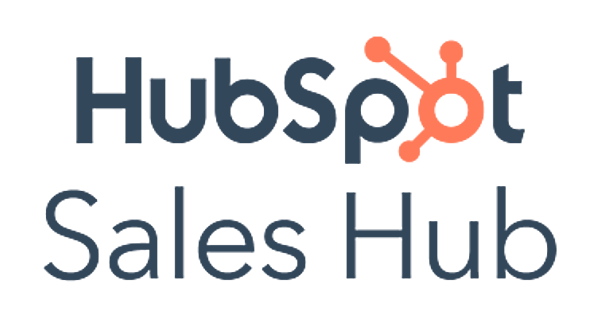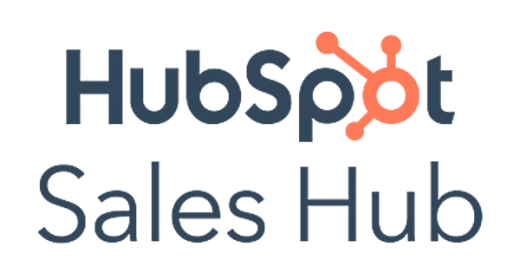HubSpot launches sales tools for the new normal
HubSpot launches Inbound with upgrades to Sales Hub Enterprise.

Inbound 2020 opened with HubSpot founders Brian Halligan and Dharmesh Shah sitting, alone and distanced, in seats at Fenway Park, reflecting on the new normal. “When I was at business school,” said Halligan, “we didn’t have classes on W-shaped economic recovery and woke leadership.”
The competition for talent. The theme of the virtual keynote was how to “not just survive in the new normal, but thrive in the new normal,” said Halligan. Thriving means hiring the right skill-sets, especially as—thanks to remote working—employers are not just competing for talent in local markets, but nationwide.
Employees, said Shah, now have three new demands: transparency, flexibility and diversity. “The best people want to wok on the best teams, and the best teams are diverse teams.”
Halligan agreed: “We’re leaning in hard on diversity and inclusion. It’s our responsibility to try to move the needle.”
Bloated CRM software. Despite the overall context of positivity, when it came to product news, there was no hesitation to take some thinly disguised swipes at Salesforce. Chief Product Officer Chris O’Donnell described sales reps spending more time updating their CRM records than selling, and said that brands were ready to move away from “bloated CRM software.”
Sales Hub upgrades. The main product announcement at Inbound was a series of upgrades to Sales Hub Enterprise, including:
- An enterprise-grade CRM, including custom objects that allow users to create and store categories of information that are unique to their business, and advanced permissions allowing access control down to field level;
- Sales engagement tools allowing reps to manage tasks from any device;
- A new sales analytics tool, and
- Connected CPQ tools, together with integrations with accounting solutions like accounting integrations with NetSuite, QuickBooks Online, Xero, and Nubox.
We spoke with Lou Orfanos, VP Product and General Manager for Sales Hub, about the significance of these enhancements. “It’s a foray into the midmarket/enterprise CRM space,” he said. “There’s a lot of functionality that we feel will help our customers grow with us, and attract new customers in that space.”
It’s an attempt to reformulate the sales CRM, he continued: “Instead of just providing you with a database and making you buy a bunch of things on top, it’s got the core CRM, it’s got the sales acceleration tools you need, it’s got CPQ, and it’s got a full set of reporting. That pack means you can run your whole sales process, end-to-end, natively, on HubSpot.”
With Sales Hub, Marketing Hub and Service Hub natively built on the same platform, the CRM can serve as a repository of customer data across the whole suite. While Sales Hub is most reliant on the CRM, “it’s a common database that they’re all on.”
Why we care. While maintaining its free, starter and professional levels, HubSpot has been systematically introducing enhancements to its enterprise offering, and it’s clearly preparing to go head-to-head with leaders in the CRM space.
Note: A previous version of this post incorrectly reported a brand switching CRM vendors.
This story first appeared on MarTech Today.
Marketing Land – Internet Marketing News, Strategies & Tips
(19)



